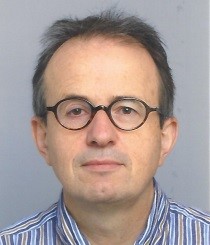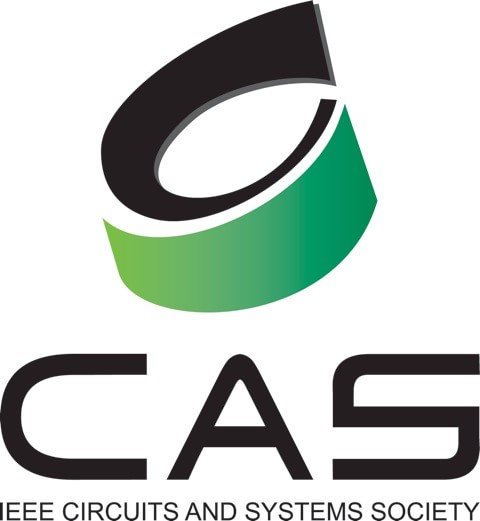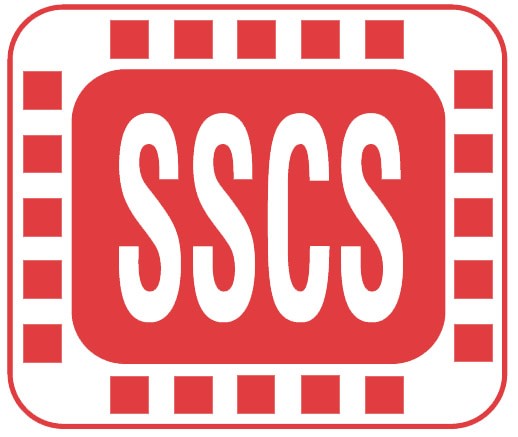View details »
Radio-Analog Signal Processing (R-ASP), inspired from ultrafast all-optical signal processing principles, has recently emerged as a new paradigm for monitoring, manipulating and processing radio signals in real time. Compared to conventional Digital Signal Processing (DSP) techniques, R-ASP operates on electromagnetic signals directly in their pristine analog form to achieve complex signal processing operations leading to novel microwave/mm-wave systems. It thus provides an attractive and an alternative approach, specially at high frequencies, to overcome the potential drawbacks of DSP techniques, which include high-cost A/D and D/A conversion, high power consumption, low-speed and high complexity. The heart of a R-ASP system is a Phaser, which is a temporally – and sometimes also spatially – dispersive electromagnetic structure whose group delay is designed so as to exhibit the required (quasiarbitrary) frequency function to perform a desired operation, such as for instance, real-time Fourier transformation. The recently developed spatially dispersive phasers based on exotic metasurfaces and metamaterial structures, manipulate and engineer the spatial wavefronts of broadband electromagnetic signals, in addition to their temporal waveforms, transcending them to an exciting new dimension. These phasers can manipulate electromagnetic waves with an unprecedented flexibility, in both space and time, and thereby enable a myriad of microwave applications in communication, radar, instrumentation and imaging, with superior performance or/and functionality. This talk presents an overview of the R-ASP technology, including dispersion-based processing principles, phasing fundamentals and several key applications. The talk will be concluded with a newly developed concept of a perfect dispersive medium and the future roadmap to combat exciting challenges in developing and inventing tomorrow’s radio systems.







